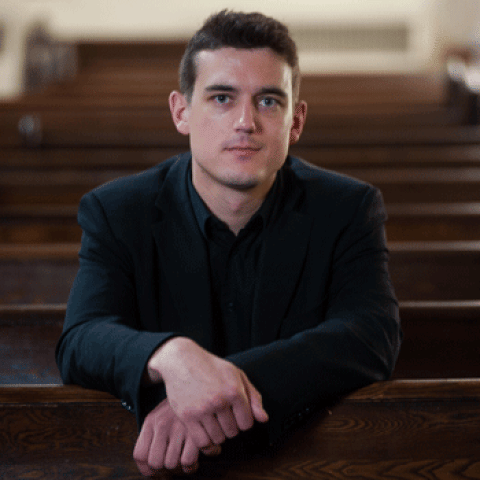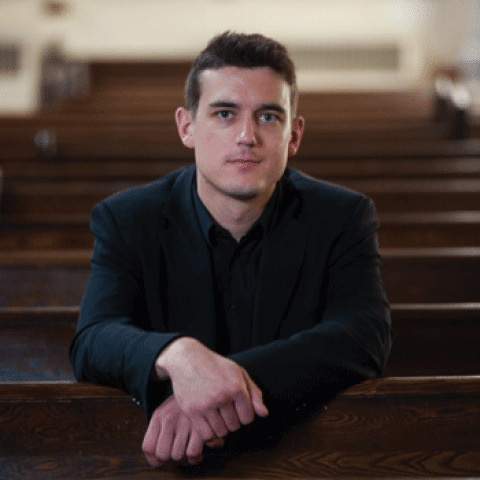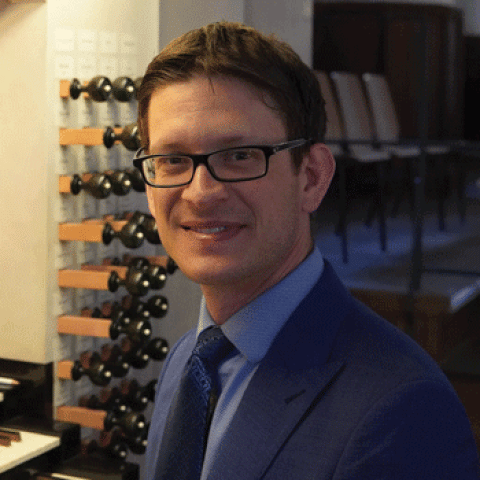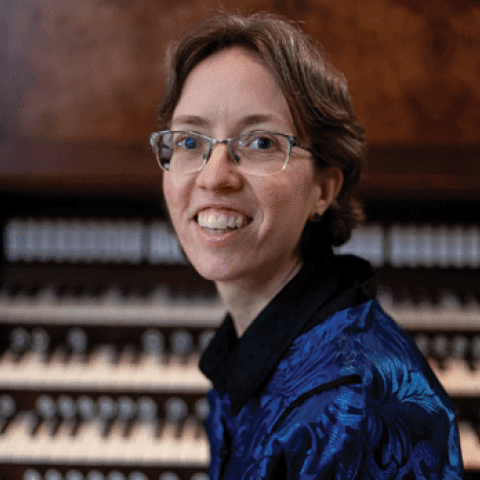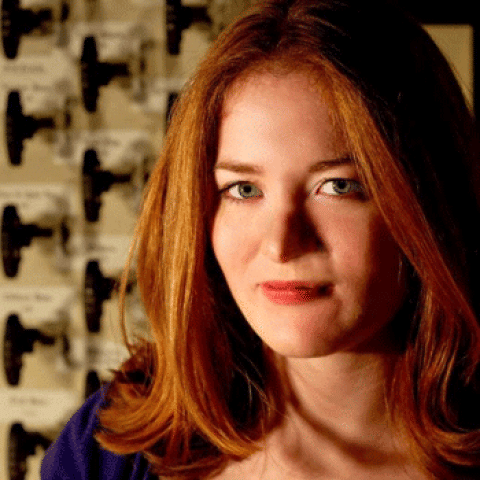
Mark Pacoe is appointed associate director of music and organist for St. Patrick’s Cathedral, New York, New York. He leaves his position as artist-in-residence for the Cathedral of All Saints, Albany, New York.
Pacoe has performed as soloist and accompanist in the United States and abroad. As prizewinner from the Oundle International Young Organists’ Academy in Great Britain, he made his European solo debut tour at St. Paul’s Cathedral, London, Chichester Cathedral, and St. Mary’s Cathedral, Edinburgh Fringe Festival. In November 2014, Pacoe launched the first edition of the Terra Sancta Organ Festival in the Holy Land with solo recitals in Israel and Palestine at the Basilica of the Annunciation, Nazareth; St. Saviour Monastery, Jerusalem; and St. Catherine Church/Nativity, Bethlehem/Palestine. Festival appearances include “Voices in the House International Music Festival” concerts at Sydney Opera House and Sydney Town Hall, “Perform in Harmony with Olympic Spirit” at Forbidden City Concert Hall in Beijing, the Oriental Arts Center in Shanghai for the XXIX Olympiad, and at Vienna’s Peterskirche and Konzerthaus as featured soloist for the International Haydn Festival. He performed Poulenc’s Concerto for Organ, Strings, and Timpani with members of the Naples Philharmonic (Florida).
Pacoe earned degrees from Duquesne University, Pittsburgh, Pennsylvania, and East Carolina University, Greenville, North Carolina, and did post-graduate studies at the Eastman School of Music, University of Rochester, New York. His primary teachers include Ronald Gould, Ronald Doiron, Janette Fishell, and David Higgs.
Pacoe has served as an adjudicator for organ competitions including the 1er Concours International d’Orgue in Saint-Julien-du-Sault (Yonne, France, 2013) and the 2nd Concorso Internazionale Di Interpretazione Organistica “Agati-Tronci” (Pistoia, Italy, 2013). His recording, Crossroads—Music from St. Malachy’s, The Actors’ Chapel, Times Square, NYC, was released in 2015 on the ACIS label.
For information: markpacoe.com.
Other recent appointments:
David Baskeyfield to North Carolina

